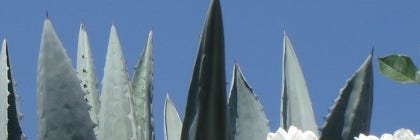


I'm a mathematical physicist who likes explaining stuff. Sometimes I work at the Topos Institute. Check out my blog! I'm also a member of the n-Category Café, a group blog on math with an emphasis on category theory. I also have a YouTube channel, full of talks about math, physics and the future.
This profile is from a federated server and may be incomplete. Browse more on the original instance.